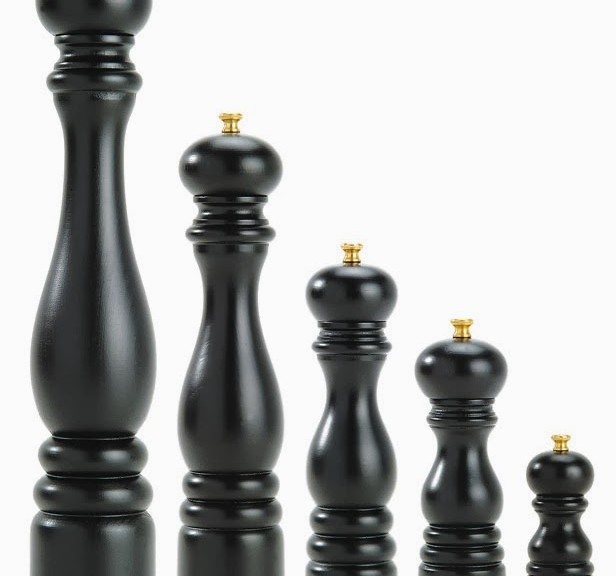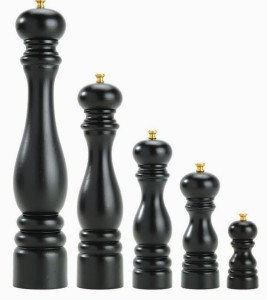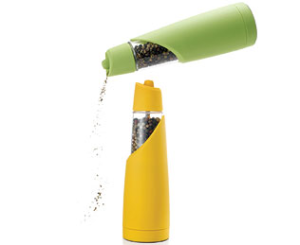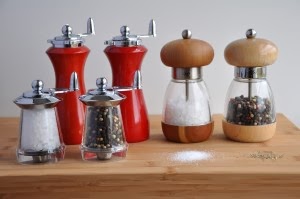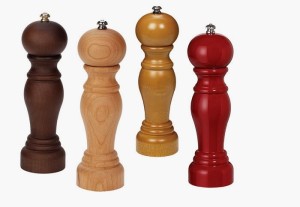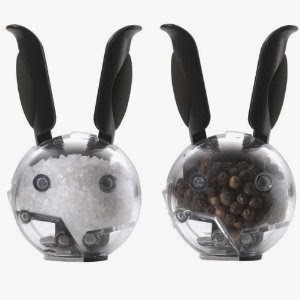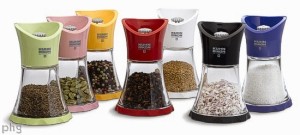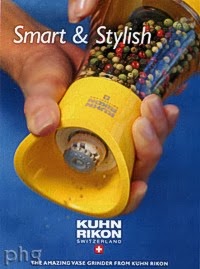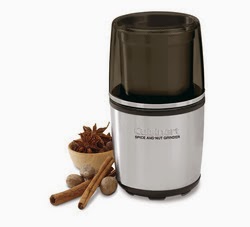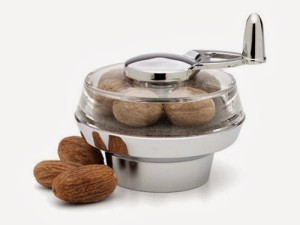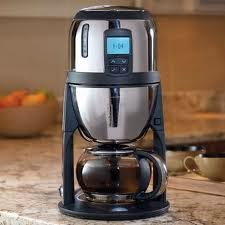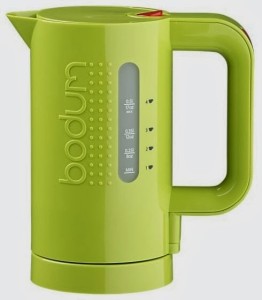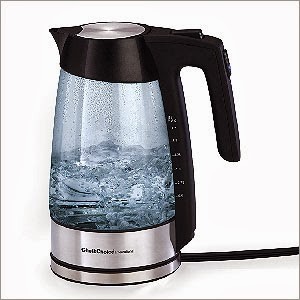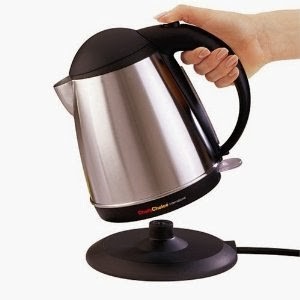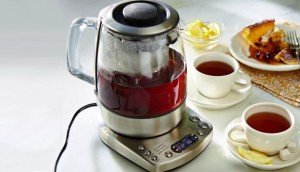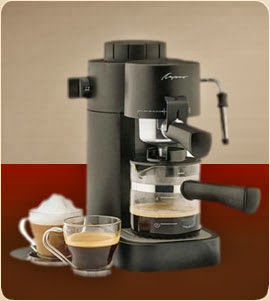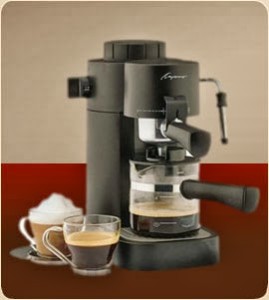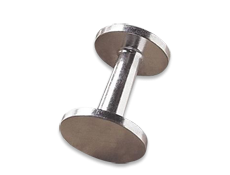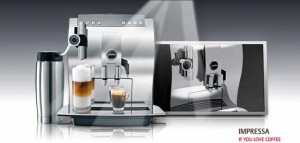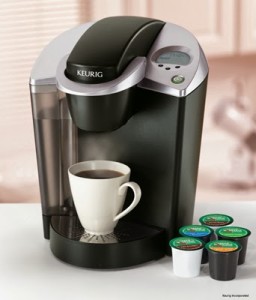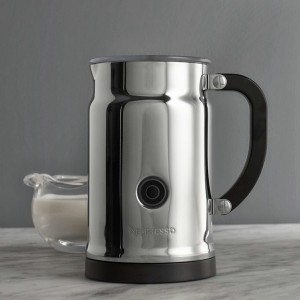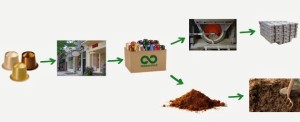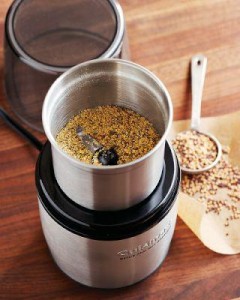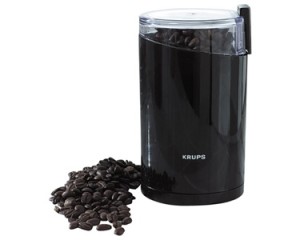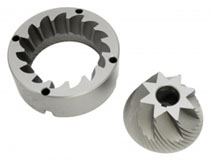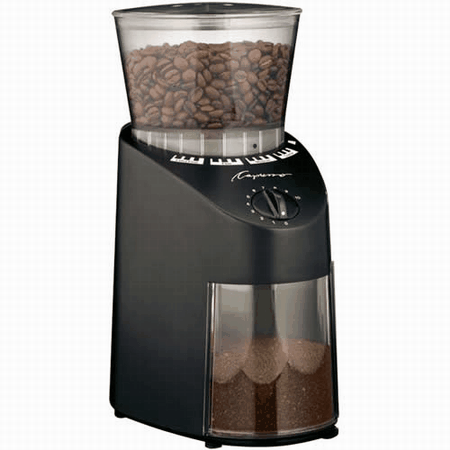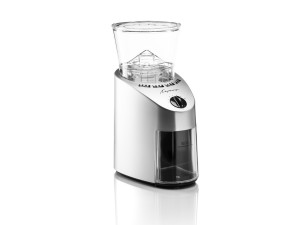I will admit to you that a lot of issues with kitchen wares arise out of putting them in the dishwasher. I grew up without a dishwasher, so I’m pretty great at hand washing them and don’t have an issue doing them that way. I’m also pretty fast at it so it doesn’t take up hours of my day.
 I have used dishwashers since then. I’ve known people to have lovely looking dishes come out of theirs. I’ve lived with people who bought cheap dishwasher soap that didn’t work and had nightmarish issues with them at jobs. But now that I understand them a little bit more, how various products react in them, and have been using one in my own home a little more regularly – I have learned to stop worrying and love using my dishwasher!
I have used dishwashers since then. I’ve known people to have lovely looking dishes come out of theirs. I’ve lived with people who bought cheap dishwasher soap that didn’t work and had nightmarish issues with them at jobs. But now that I understand them a little bit more, how various products react in them, and have been using one in my own home a little more regularly – I have learned to stop worrying and love using my dishwasher!
The Basics:
- Don’t put things in the dishwasher that aren’t dishwasher safe. They usually say that for a reason.
- Cheap plastics leach BPA, some ceramics aren’t strong enough to handle bumping each other with the shaking motion of the washer, and certain finishes can’t handle the harsh environment, etc.
- Pans on the bottom, plastic on the top. Some items will specify they are top-rack only. The heating element in the dishwasher is on the bottom, so this is to keep the item away from the heat.
- Do not lay knives down on the top rack! If they don’t fit in the utensil holder, hand wash them.
- Wood does not ever go in the dishwasher. (Epicurean brand can because it’s a special compressed wood that is dishwasher safe.)
Dishwashers get EXTREMELY hot, so that’s the reason a lot of items can’t go in them in the first place. They are the problem with plastic leaching BPA, so if you don’t have a dishwasher you really don’t need to worry about it. Plastic baby bottles are almost never dishwasher safe and unfortunately a lot of parents try putting them in on “sanitize mode” which is usually the hottest setting on the dishwasher. Not a good idea!

I have overcome this issue by sticking to the lower-level settings on my dishwasher. I have a couple of settings above “normal wash” and I have never touched them. If you have anything dirtier than that it’s not even worth trying in the dishwasher, in my opinion. Whatever is stuck to the pan will just get baked on inside of the machine.
Which brings me my next tip – turn off the “heated dry” setting if your dishwasher allows you to. This is just a waste of electricity (in my opinion!) that literally just bakes the dishes after they are washed, so if anything is still stuck to them, it just got baked on harder. The dishes are hot and usually still moist anyway if you do use it, so what I do is turn it off and when the wash cycle is over I just open it up and pull the racks out so they can air-dry. The plastic storage stuff doesn’t seem to dry well so I pull them out and put them in the counter dish rack to dry. Of course this is easiest when done later in the evening so they can dry overnight.
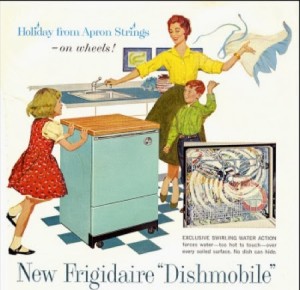 Your dishwasher shakes. A lot. Think about your dishes getting bumped around into each other inside of that thing for an hour while it runs. This is why ceramic dishes chip in the dishwasher, because they bump edges with each other. Same with your nonstick finish, if something is bumping into it in the same spot over and over – chipping. I worry about my ceramic bowls even though I put them on the top shelf and they are a really good brand name, so I put the dishwasher safe plastic items between all of the ceramic items to try to avoid them bumping into each other.
Your dishwasher shakes. A lot. Think about your dishes getting bumped around into each other inside of that thing for an hour while it runs. This is why ceramic dishes chip in the dishwasher, because they bump edges with each other. Same with your nonstick finish, if something is bumping into it in the same spot over and over – chipping. I worry about my ceramic bowls even though I put them on the top shelf and they are a really good brand name, so I put the dishwasher safe plastic items between all of the ceramic items to try to avoid them bumping into each other.
The worst is if you put your sharp knives flat on the top rack – they shake and cut into the plastic rungs. This is what causes your flatware to rust, when the plastic coating is exposed inside of your dishwasher. You can sometimes remove this staining with Barkeeper’s Friend but usually you will end up having to replace all of your flatware and also replacing the racks inside of your dishwasher, which is very costly.
As I already said, if my pans are really dirty, I just resolve to hand washing them. I let them soak overnight and wash them with any other items I have that are not dishwasher safe. Sometimes you can get away with scrubbing the pan with a dish brush or a scrub sponge and getting all the big stuff off of it so it is dishwasher-ready, however. I pretty much end up cleaning them first if I do this because if anything is stuck to the pan, it will be baked on in the dishwasher, usually. And if it does come out this way, dirty, resign yourself to hand washing them at that point – putting them in for another dishwasher cycle will not get it off!
 My motto is, “If you love it, hand wash it,” so even a lot of the things I own that are dishwasher safe – I still hand wash. Some items I will throw in the dishwasher every now and again and it’s not the end of the world, but some little thing will happen that reminds me that I do indeed love it and I better wash it by hand next time. And actually, sometimes putting your stainless steel Kitchen Aid mixer bowl or stainless pot in the machine actually helps bring back its luster – just not every time so I only do it every handful of uses. One of my dearest kitchen store friend (and mentor) had the best saying about dishwashers: “It’s called a dishwasher for a reason. It’s not a pots and pans washer. It’s not a glassware washer.” So keep that in mind when putting items other than dishes in that machine, even if it does have special settings for those other things.
My motto is, “If you love it, hand wash it,” so even a lot of the things I own that are dishwasher safe – I still hand wash. Some items I will throw in the dishwasher every now and again and it’s not the end of the world, but some little thing will happen that reminds me that I do indeed love it and I better wash it by hand next time. And actually, sometimes putting your stainless steel Kitchen Aid mixer bowl or stainless pot in the machine actually helps bring back its luster – just not every time so I only do it every handful of uses. One of my dearest kitchen store friend (and mentor) had the best saying about dishwashers: “It’s called a dishwasher for a reason. It’s not a pots and pans washer. It’s not a glassware washer.” So keep that in mind when putting items other than dishes in that machine, even if it does have special settings for those other things.
Speaking of glassware, I don’t put anything with a painted design in the dishwasher, nor any stemware. If you have really inexpensive, sturdy stemware like Libbey, that will probably hold up. Anything shaped like a martini glass is just asking to break because of the bumping. Luckily most stemware is too tall for most dishwashers unless you purchase one that has specific glassware settings. Use at your own risk! I find that the glassware tends to come out with a teensy bit of spotting, but maybe that’s because I don’t steam clean them afterwards with the “heated dry” setting!
If you just can’t stand to hand wash, make sure you read the labels of what you’re buying and avoid items that aren’t dishwasher safe. There are still kitchen items that you cannot find dishwasher safe, and I’m sorry, you’re just either going to have to not use it, hand wash it, or buy really cheap so you can afford to keep replacing it because you put it in the dishwasher anyway. 😛 (Meat tenderizer is the item I know you can’t find as dishwasher safe. Even the OXO one can’t go in there – it’s a kind of metal that will oxidize. All the generic metal meat tenderizers I have seen are the same kind of metal so there must be a reason for it.)
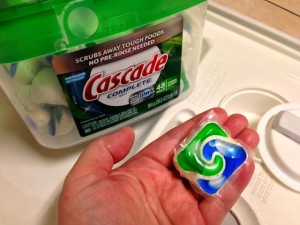
My last tip will be on dishwasher detergent. The only thing I have found to work almost all the time are the Cascade dishwasher pacs. They now make a few different versions of this, and I find the Cascade Complete work the best. (Although now there is a “platinum” version I will have to try!)
Just use your best judgement, and the dishwasher can be a great help in your kitchen without costing you a fortune in replacement costs if you’re smart about how you utilize it. Of course spending the extra money for more durable kitchen wares always helps, but clearly we can’t always afford that. So the Dollar Tree items…those get hand washed in my house. 😉
And remember…if you love it, hand wash it!
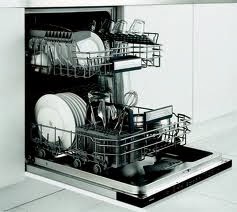
Happy Cleaning! 🙂
Read more about My Favorite Cleaning Gadgets.
